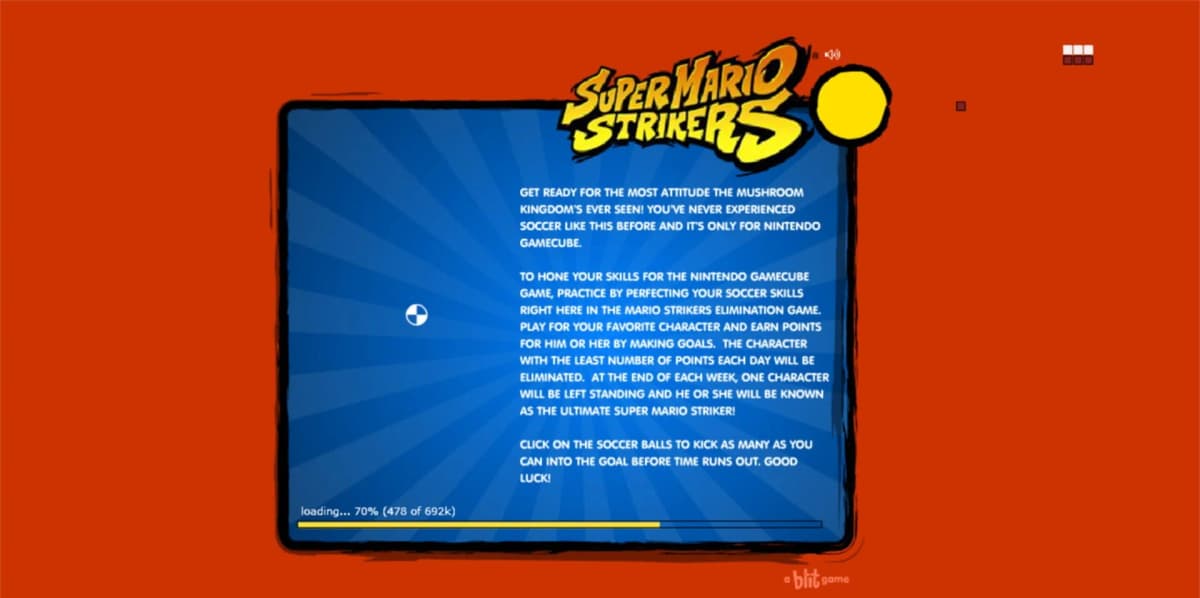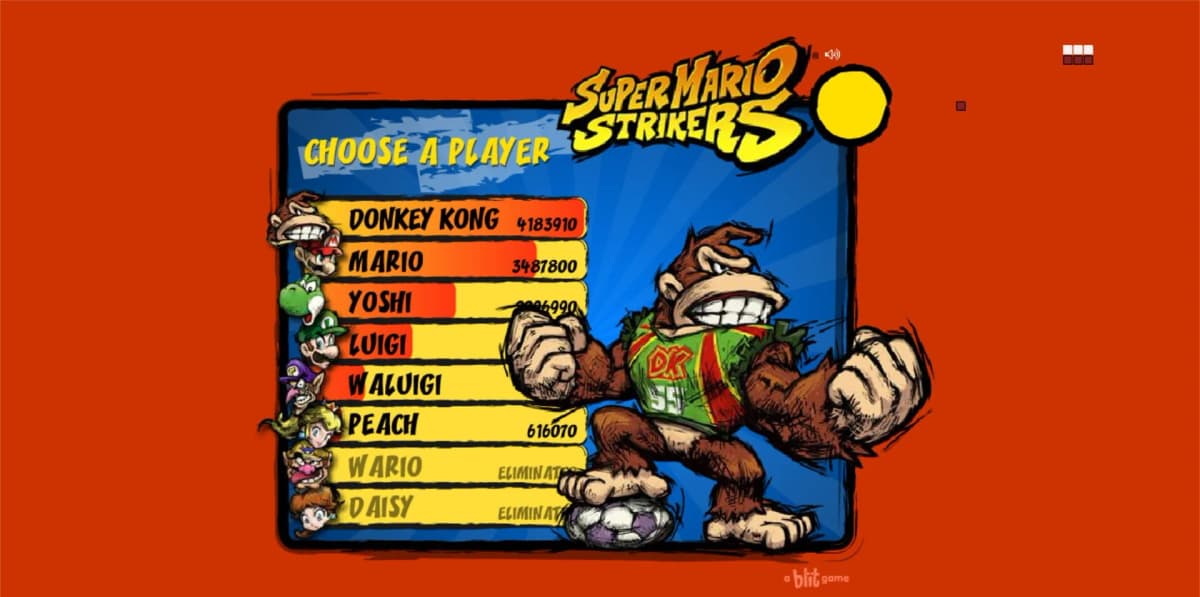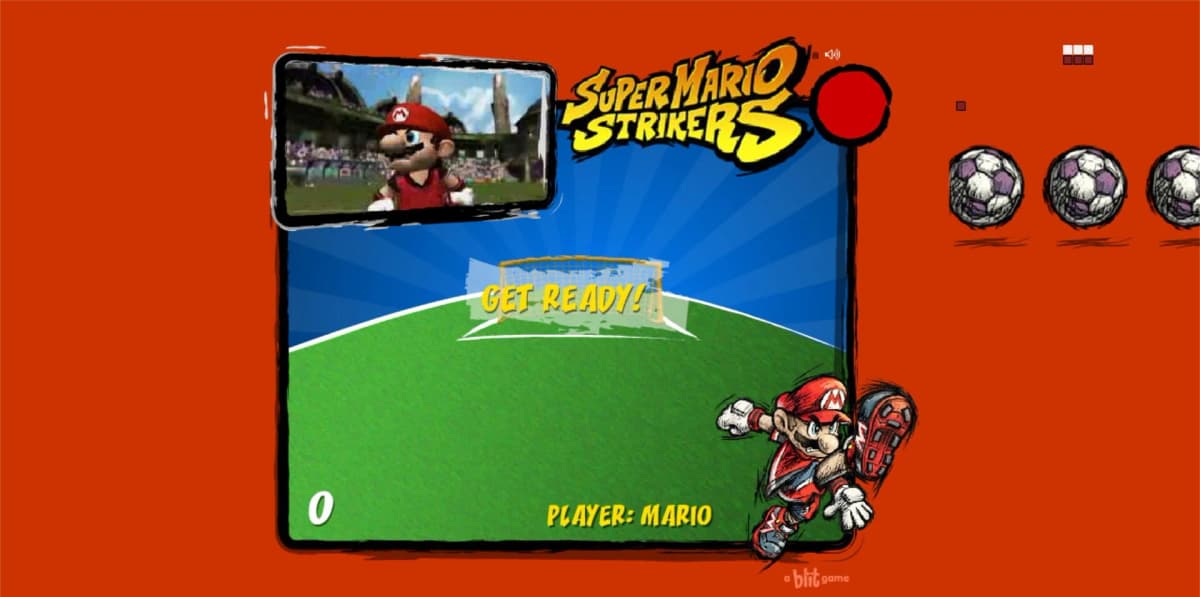
Game intel
Super Mario Strikers
Super Mario Strikers was an online Adobe Flash game developed by Blit Interactive and published by Nintendo to promote the release of Super Mario Strikers on t…
When Nintendo announced Super Mario Strikers would join the Nintendo Switch Online (NSO) library on July 3, loyal fans cheered. But there’s a catch: this GameCube cult classic lands only on the new Switch 2—and only for subscribers to the pricier Expansion Pack tier. What does this mean for legacy supporters, Nintendo’s hardware strategy, and the future of retro gaming? Let’s unpack the excitement and the criticism.
Since its 2005 release, Super Mario Strikers has earned a reputation as one of the GameCube’s most chaotic sports titles. Combining Mario-themed power-ups with rough-and-tumble arcade soccer, it delivered four-player local matches that felt like a party game on steroids. Fans have long placed it atop their “retro ports we need” list, especially after Nintendo gradually added NES, SNES, N64, and Game Boy libraries to NSO.
Now, nearly two decades later, Nintendo has finally cracked open that “unicorn tier” of GameCube content. For newcomers, this is an accessible way to experience a piece of Nintendo history without digging out old discs and consoles. For veterans, it’s a chance to revisit signature mechanics—over-the-top tackles, raucous stadiums, and the legendary Mega Strike—in both local and online play.
Here’s the rub: you need a Switch 2 console and the NSO Expansion Pack to play. The base NSO subscription still unlocks NES, SNES, N64, and Sega Genesis titles, but GameCube games remain behind a higher paywall—typically around $49.99 per year for the Expansion Pack. No word yet on whether original Switch hardware will ever see these ports.
On one hand, this tiered approach lets Nintendo recoup development costs for emulation and netcode enhancements. On the other, it leaves dedicated NSO members on original Switch models feeling sidelined by Nintendo’s own platform limitations.

Nintendo’s decision reflects a broader industry trend: use premium content to drive hardware sales. Behind the scenes, porting GameCube games requires custom emulation work and network optimization for online multiplayer—a nontrivial investment. Locking those ports to newer hardware creates an incentive for serious retro fans to upgrade.
Compare this to Microsoft and Sony, which generally allow legacy titles to run on older consoles via software updates or automatic backward compatibility. Nintendo opts for a more segmented strategy, preserving its “walled garden” ethos. That means nostalgia effectively becomes a marketing lever as much as a fan service.
Beyond the subscription catch, the quality of the experience hinges on Nintendo’s emulation. Early reports suggest Switch 2’s beefed-up internals handle the game at a steady 60fps with minimal input lag. Online matchmaking integrates with NSO friends lists, and cloud saves ensure your tournament progress isn’t lost.

Still, Nintendo’s online infrastructure has drawn criticism for its occasional hiccups on other retro titles. Will Super Mario Strikers maintain a smooth experience when you and three friends dive into chaotic matches? That remains to be seen, prompting calls for transparent rollback netcode or performance benchmarks before launch.
On forums and social media, opinions split fairly evenly:
These divided views highlight the tension between business pragmatism and community goodwill. While nostalgia drives engagement, too many paywalls risk fan fatigue over time.
Microsoft and Sony have taken more inclusive routes. Xbox’s backward compatibility program often allows classic titles to run across generations without extra fees, and PlayStation’s PS Plus Premium tier features a rotating catalog of PS1/PS2/PS3 games accessible on both PS4 and PS5. Nintendo’s segmented access model contrasts sharply, raising the question of whether other retro offerings (like Metroid Prime or The Legend of Zelda: The Wind Waker) will follow the same pattern.

If Super Mario Strikers proves popular on Switch 2, Nintendo could accelerate GameCube ports or even venture into GameCube accessories like the DK Bongos. But each new wave of retro content will likely remain tied to subscription tiers and hardware—unless Nintendo surprises us with a universal rollout.
For now, the community is watching for Nintendo’s next moves: Will they add rollback netcode for smoother online play? Can they justify the premium tier with timely additions and features? Or will they simply use nostalgia as ongoing leverage to refresh hardware cycles every few years?
Super Mario Strikers landing on Switch 2’s NSO Expansion Pack combines the thrill of rediscovering a cult classic with the reality of modern subscription models. It’s a savvy move that reinforces Nintendo’s unique ecosystem—but it also highlights how fan-favorite titles can become high-value commodities. For those ready to invest in hardware and an upgraded subscription, a beloved soccer-meets-party game awaits. For everyone else, it’s another reminder that, in Nintendo’s world, nostalgia comes with a price tag.
Get access to exclusive strategies, hidden tips, and pro-level insights that we don't share publicly.
Ultimate Gaming Strategy Guide + Weekly Pro Tips